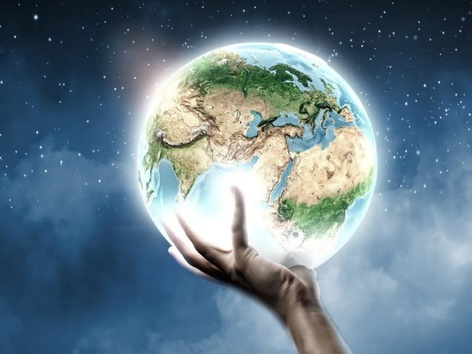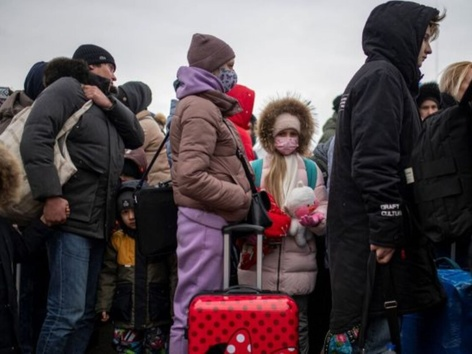Inhaltsübersicht

Currently, the world population is almost 8 billion people and continues to grow annually, but at a slower rate than in previous periods. Its distribution ceased to be uniform. The Asian continent is the most densely populated, especially China and India, which account for slightly more than a third of the world's population.
For example, the population of Brazil is the second largest in the Americas and, according to the global trend, is experiencing a slowdown in its growth.
Since 1990, July 11 has been celebrated as World Population Day, designed to draw public attention to the problems associated with population growth around the world.
World population growth
World population growth is calculated based on the balance between the total number of people born alive and the total number of deaths over a certain period of time (for example, during a year).
According to the United Nations (UN), the world population in 2020 was 7794799000 people. The mark of 7 billion people was reached on October 31, 2011, the date set by the United Nations Population Fund.
Although the world's population will reach 8 billion people after surpassing seven billion 11 years ago in 2011, the UN highlighted that 61 countries are expected to experience at least 1% population decline over the next three decades.
There are several factors that can lead to population growth, such as improved health care that increases life expectancy at birth, increased birth rates, lower infant mortality, urbanization, and economic development—these are related to wages and access to better living conditions
What does history say?
The period after the Second World War was marked by a jump in the growth of the world population, especially since the 1950s. The 1960s were a real demographic explosion, and for the first time the population growth rate reached and exceeded the 2% mark per year. At that time, the population of the Earth was 3 billion people.
Growth rates have been declining since the late 1960s, and this trend has become more pronounced since 1990. Currently, the world population growth rate is 1.1% (UN, 2020). According to UN forecasts, 8.5 billion people will live in the world in 2030, and 9.7 billion in 2050.
The population of Ukraine during the war in 2022. How many Ukrainian refugees, and where did they go?
After Russia invaded Ukraine, according to the United Nations (UN), at least 12 million people left their homes.
More than five million have gone to neighboring countries, and seven million people are still considered displaced within Ukraine itself. However, hundreds of thousands of refugees returned to the Motherland.
Where are the refugees headed?
According to the UN, as of July 4, more than 5.2 million refugees from Ukraine were registered in Europe.
More than 3.5 million applied for temporary residence in another country:
• Russia: (according to the estimates of the aggressor country) 1,412,425 registered Ukrainian refugees;
• Poland: 1,194,642
• Moldova: 82,700
• Romania: 83,321
• Slovakia: 79,770
• Hungary: 25,800
• Belarus: 9,820
Another part of Ukrainians moved to other countries, especially those who crossed the border with Poland, Hungary and Slovakia. These countries have open borders with other EU states.
According to UN data, more than 867,000 Ukrainians live in Germany, almost 382,768 in the Czech Republic, and 141,562 in Italy.
Recommended articles
1 min
Krieg
1 min
Popular
1 min
Krieg
2 min
Für Flüchtlinge

